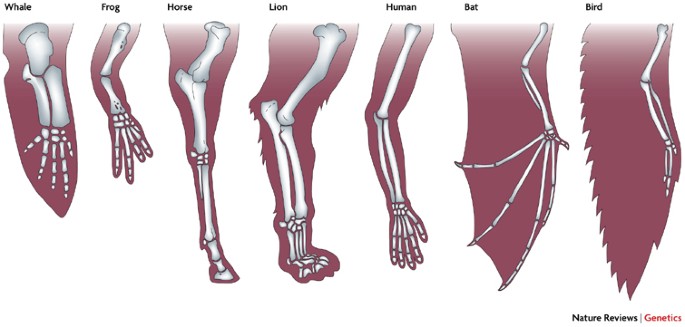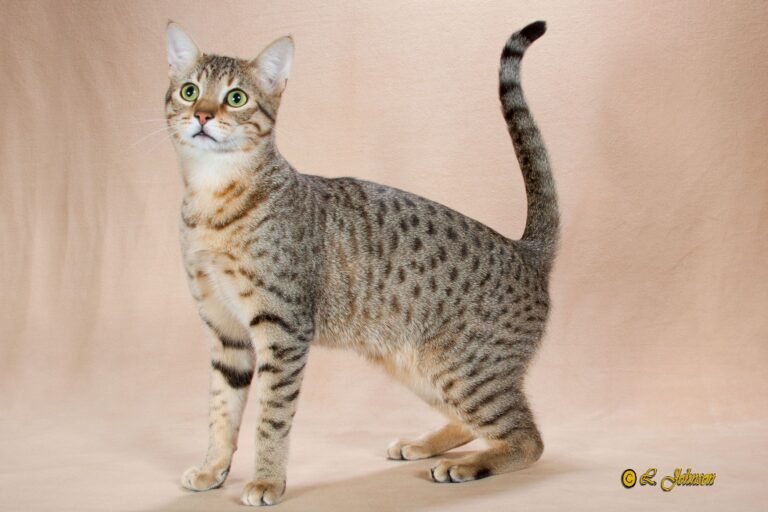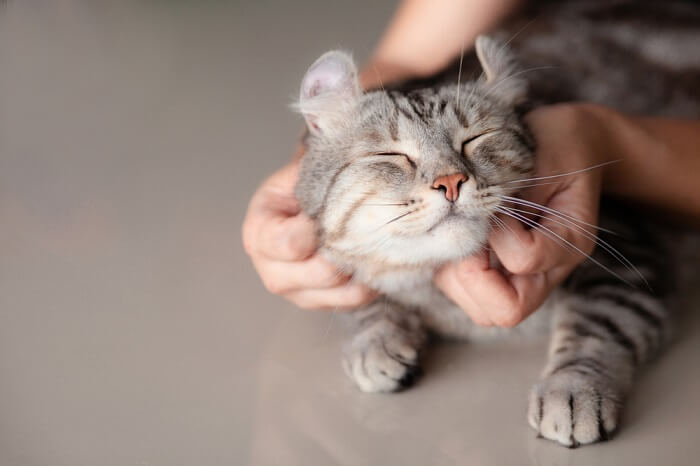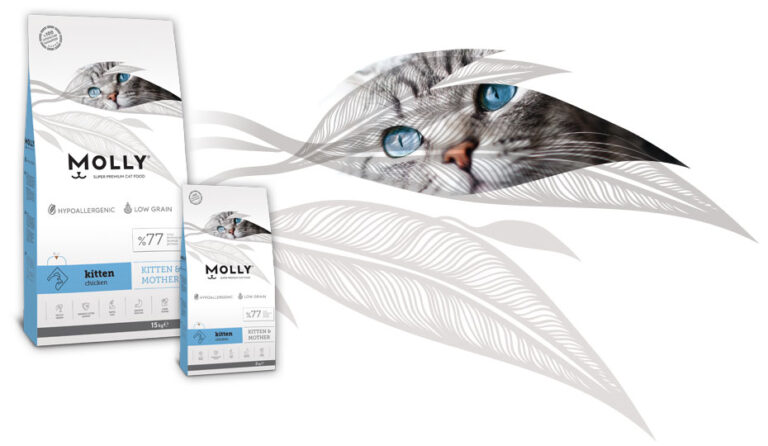Delving into the Social Dynamics of Cats
Introduction: Cats, often perceived as solitary creatures, exhibit intricate social dynamics that influence their behavior, well-being, and overall health. As a professional cat breeder, I have observed and studied the complex social interactions among cats throughout my years of experience. In this comprehensive blog post, I will delve into the fascinating world of cat social dynamics, offering insights into their communication methods, group behavior, and factors affecting their social interactions.
Section 1: Communication Among Cats
- Body Language: Cats communicate primarily through body language. Their tail movements, ear positions, and body postures convey various messages. A tail held high and erect indicates confidence and alertness, while a tail tucked between the legs signifies fear or anxiety.
- Vocalizations: Cats use a range of vocalizations to communicate with each other and with humans. Meows, chirps, purrs, and hisses each carry a specific meaning. Meows are often used to greet other cats or to request attention, while purrs indicate contentment or a desire for affection.
- Scent Marking: Cats also communicate through scent marking, using urine, feces, and pheromones to mark their territory and convey messages to other cats. These scent marks serve as a chemical communication system, informing other cats about their presence, reproductive status, and overall well-being.
Section 2: Group Behavior in Cats
- Social vs. Solitary: Cats can exhibit both social and solitary behaviors. While some cats prefer to live independently, others thrive in social groups. Factors such as breed, socialization, and living environment influence a cat’s social preferences.
- Socialization Process: Socialization plays a critical role in shaping a cat’s social behavior. Early socialization with humans and other cats helps kittens learn appropriate social skills and behaviors. Positive socialization experiences promote confidence and reduce fear or aggression towards other cats.
- Group Dynamics: Cats living in social groups establish a hierarchy, with dominant cats asserting their authority over subordinate cats. Dominant cats often have priority access to resources such as food, water, and sleeping spots. Social interactions within the group may involve grooming, playing, and cooperative hunting behaviors.
Section 3: Factors Affecting Social Interactions
- Breed and Personality: Different cat breeds exhibit varying degrees of sociability. Some breeds, such as Siamese and Ragdolls, are known for their affectionate and social nature, while others, like Bengal cats, tend to be more independent. Individual personalities also play a role in social interactions, with some cats being more outgoing and friendly than others.
- Socialization Experiences: A cat’s socialization experiences throughout its life significantly impact its social interactions. Cats with positive socialization experiences tend to be more confident and socially adept, while those with negative experiences may display fear or aggression towards other cats.
- Living Environment: The living environment can influence a cat’s social interactions. Cats living in crowded or stressful environments may experience increased anxiety and social conflict. Providing a safe, comfortable, and enriched living space can promote positive social interactions among cats.
Conclusion: The social dynamics of cats are complex and fascinating, with communication, group behavior, and various factors influencing their social interactions. As a professional cat breeder, I strive to provide cats with positive socialization experiences, creating an environment that fosters harmonious relationships among them. Understanding the social dynamics of cats allows us to better care for their emotional and behavioral well-being, ensuring their overall health and happiness.







